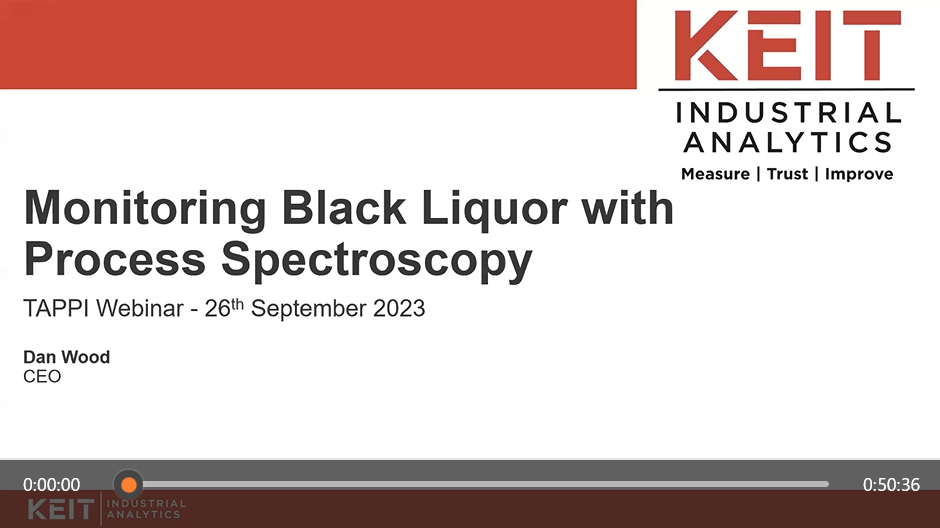 How We Turned a Static Optics FTIR Spectrometer into a Universal Analyzer for Pulping
How We Turned a Static Optics FTIR Spectrometer into a Universal Analyzer for Pulping
Continuous, on-line and real time measurement of the pulping process remains difficult to achieve. Previous attempts using technology such as near infrared (NIR) have been challenging to implement. In this webinar we’ll introduce the use of static optics Fourier transform mid infrared (FTIR) as significantly more stable, easier to install, and informative technology. We’ll explain the differences between NIR and FTIR, and why FITR is a much more informative choice. We’ll explain why it’s not been possible to use FTIR in a mill until now, and what makes static optics different. Lastly, we’ll give detailed examples in white, green and black liquor analysis with real world data.
Who Should Watch
Typical Job Titles
- Mill Manager
- Superintendent
- Subject Matte Expert
- Research Fellow
Type of Company
- Pulp Producers
Learning Outcomes:
- Understand the difference between NIR and FTIR, and the difference between static optics and conventional FTIR
- Understand how static optics FTIR would work in their mill and the use case for on-line, real time measurement
Which TAPPI Divisions and Committees should attend the webinar?
- Pulping
- Process Control
Sponsored by: Keit Industrial Analytics


